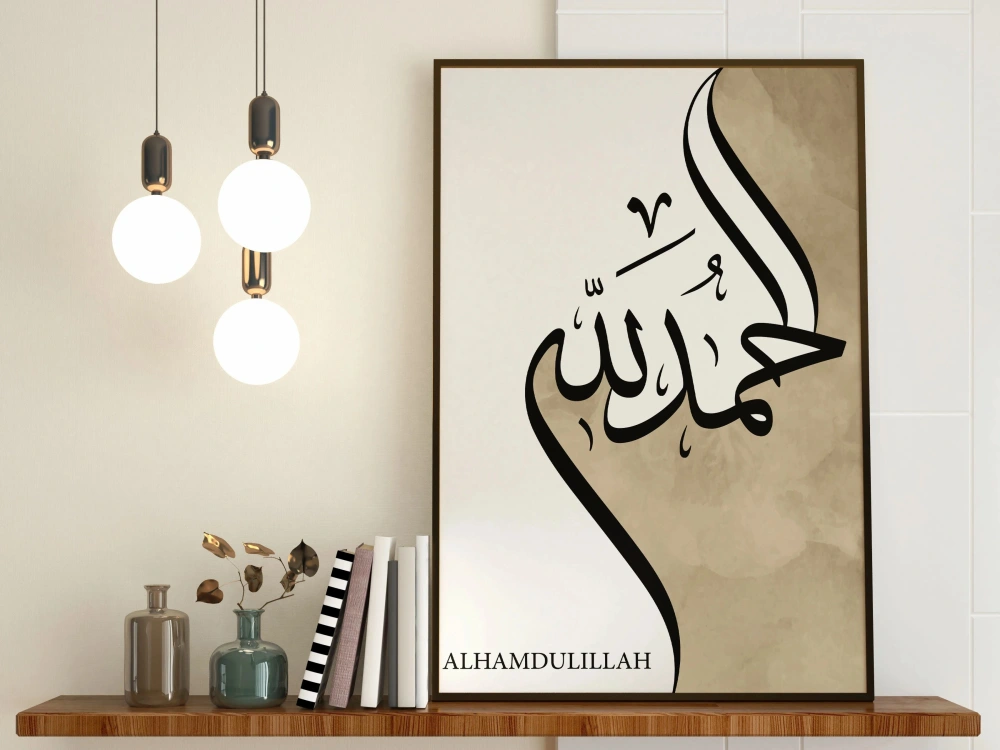
Rahat Hossain (17) repeatedly watched the video of Abu Saeed, a student who was shot and killed during the quota reform movement at Rangpur. The footage deeply saddened him. On July 17, he showed the video to his mother, Swapna Akter, saying, “Look, Mom! See how the police are shooting students.” Just a day later, on the afternoon of July 18, Rahat went to join the same movement and returned home as a lifeless body.
Describing the incident with a tone of regret, Swapna said, “If I had known my son was going to the protest, I would never have let him go. If I had known, I would have gone with him; if we were shot, we would have been shot together.” Rahat Hossain was an eleventh-grade student at Nawab Habibullah Model School and College in Uttara. He lived with his mother, a garment worker, and his grandmother in Gopalpur, Tongi, Gazipur. To support the family, Rahat’s father had gone abroad. Rahat’s family claims that he was shot in the head and killed during the quota reform movement in Uttara on July 18.
Eleven days after his death, last Sunday afternoon, Rahat’s family was found grieving his loss. His mother, Swapna Akter, was in deep despair over losing her only son. She had just returned to Tongi after burying Rahat at their family home in Narsingdi two days earlier. The small room they lived in contained a bed, a wardrobe, a study table, and some essential items, including Rahat’s books, notebooks, clothes, and school bag scattered around. Swapna stared at these items, tearfully remembering her son. “He was my only son. I thought I would educate him properly and he would take care of our struggling family. But now, everything is over! Where will I go now?” she cried.
As news of the reporter’s visit to Rahat’s home spread, relatives and neighbors gathered there one by one. Some tried to console Swapna, while others wept with her. A neighbor showed a photo of Rahat’s body on his phone, revealing a bullet wound on the left side of his head, with his head and body soaked in blood, lying on the hospital floor. Swapna took the phone and, showing the photo, said, “Is this how one kills a person? How old was he, and what crime did he commit to be shot like this? Look at how much my son suffered before dying. We never even laid a finger on him, fearing he would get hurt. Yet, they shot him dead so mercilessly.”
Several neighbors recounted that they suddenly heard on the evening of July 18 that Rahat had been shot and killed, with his body lying at Uttara Modern Medical College Hospital. Swapna fainted upon hearing the news. The neighbors arranged to bring Rahat’s body home, and he was later buried in their village in Narsingdi. Md. Al-Amin, a neighbor who went to the hospital to collect Rahat’s body, told Prothom Alo, “Rahat was shot on the left side of his head, and the bullet stayed inside. He was placed in the ICU immediately after being taken to the hospital, but he died from excessive bleeding.”
Pleading with the government to return her son, Swapna said, “Now if I seek justice, they must return my son. They have returned the quota system, so now let them return my son. The quota has been abolished, the protests have stopped, and the country is calm, but where will I get my son back?”









